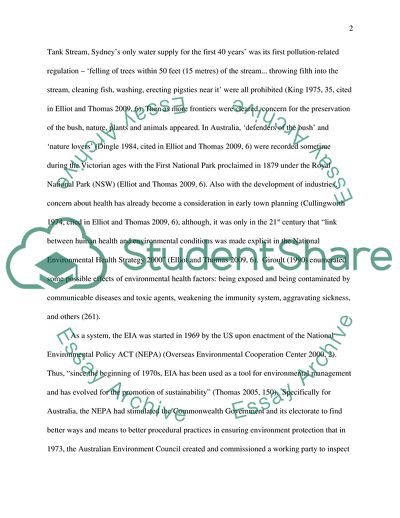Cite this document
(Environmental Impact Assessment in Australia - A Review of the Process Coursework, n.d.)
Environmental Impact Assessment in Australia - A Review of the Process Coursework. https://studentshare.org/environmental-studies/1741003-environmental-health-impact-assessment
Environmental Impact Assessment in Australia - A Review of the Process Coursework. https://studentshare.org/environmental-studies/1741003-environmental-health-impact-assessment
(Environmental Impact Assessment in Australia - A Review of the Process Coursework)
Environmental Impact Assessment in Australia - A Review of the Process Coursework. https://studentshare.org/environmental-studies/1741003-environmental-health-impact-assessment.
Environmental Impact Assessment in Australia - A Review of the Process Coursework. https://studentshare.org/environmental-studies/1741003-environmental-health-impact-assessment.
“Environmental Impact Assessment in Australia - A Review of the Process Coursework”. https://studentshare.org/environmental-studies/1741003-environmental-health-impact-assessment.


